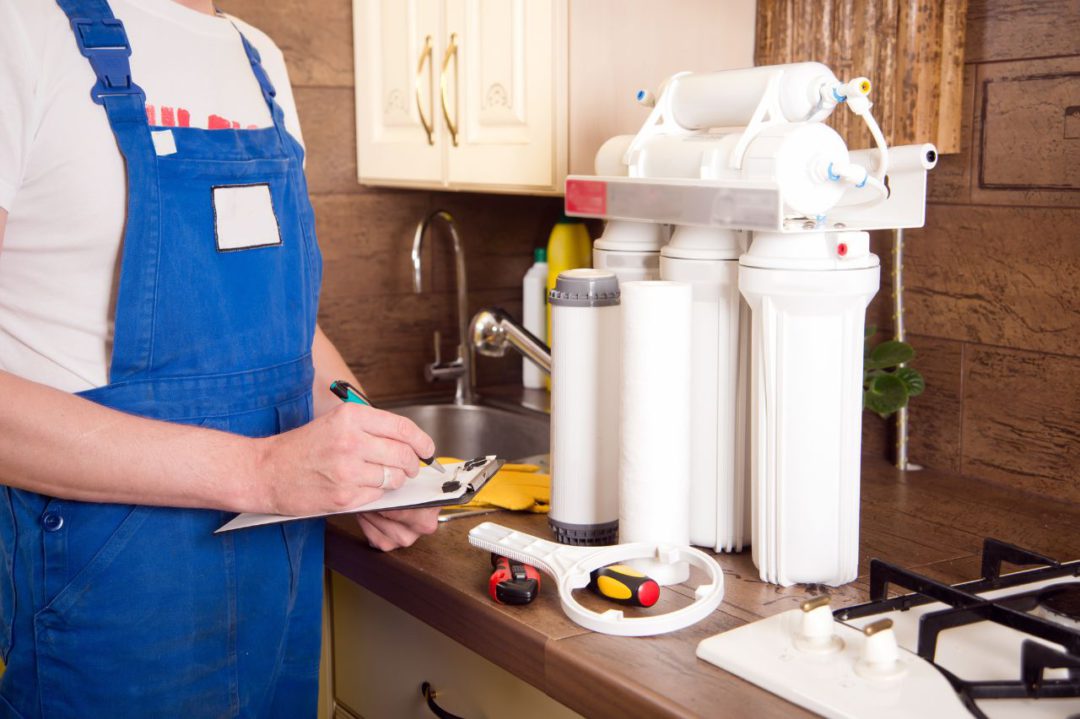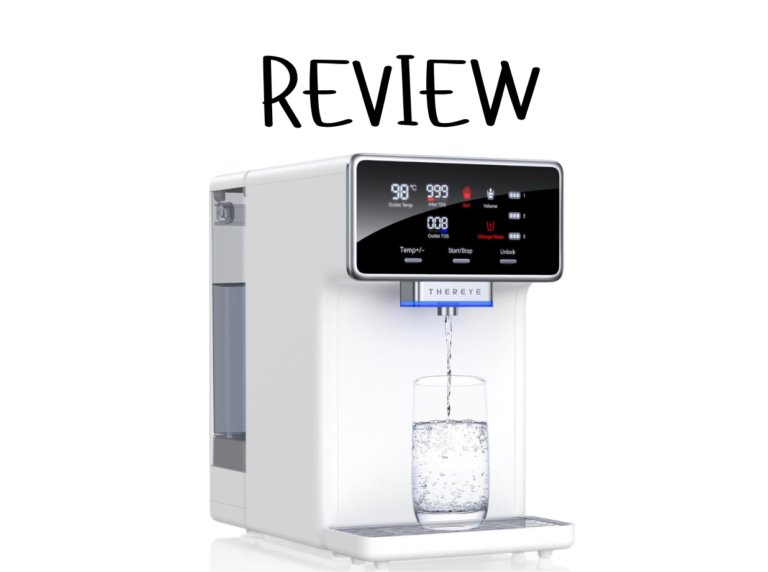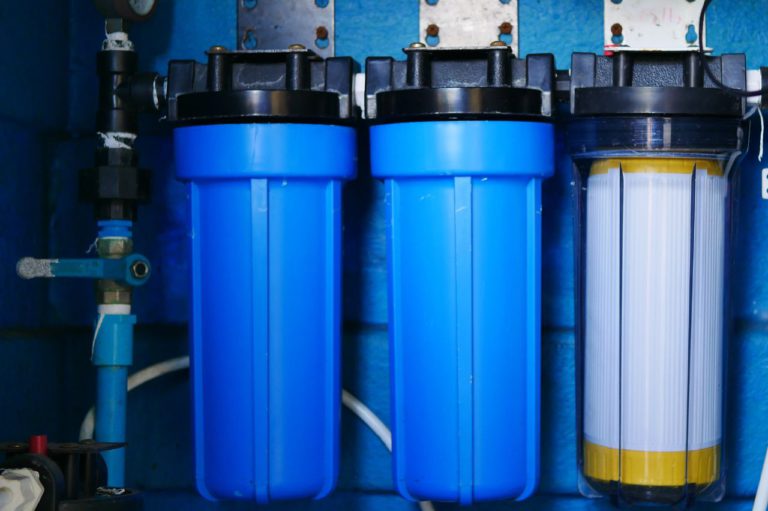Exploring the Effects of Reverse Osmosis on Maple Syrup Flavor
Maple syrup is a sweetener that has been enjoyed for centuries, but have you ever stopped to think about how it gets its distinct flavor?
One process that has gained popularity in recent years is reverse osmosis.
This method removes water from the sap before boiling it down to syrup, resulting in a more concentrated flavor.
However, some maple syrup enthusiasts argue that reverse osmosis alters the taste of the syrup, stripping it of its natural complexity.
In this article, we’ll delve into the sweet truth behind reverse osmosis and its effects on maple syrup flavor.
We’ll explore the science behind the process, examine the arguments for and against it, and ultimately help you decide if reverse osmosis is the right choice for your maple syrup production.
Get ready to satisfy your sweet tooth and uncover the secrets of this beloved sweetener.
What is Reverse Osmosis and How Does it Affect Maple Syrup?
Reverse osmosis is a process that is used to remove water from a liquid by applying pressure to it.
In the case of maple syrup production, it involves running the sap through a membrane that separates the water from the sugar and minerals, resulting in a more concentrated sap.
This sap is then boiled down to produce maple syrup.
The process of reverse osmosis has become increasingly popular in recent years because it allows producers to produce more syrup in less time, and with less fuel.
However, some maple syrup enthusiasts argue that this process alters the taste of the syrup, stripping it of its natural complexity.
This is because the reverse osmosis process removes not only water from the sap but also some of the volatile compounds that contribute to the unique flavor of maple syrup.
These compounds are often lost during the evaporation process, resulting in a syrup that is less complex and flavorful.

The Science of Maple Syrup Flavor
To understand how reverse osmosis affects maple syrup flavor, it’s important to first understand the science behind the flavor of this sweet syrup.
Maple syrup is made up of a complex mixture of sugars, minerals, and volatile compounds.
The primary sugar in maple syrup is sucrose, which is made up of glucose and fructose.
However, maple syrup also contains other sugars, such as maltose and sucrose.
The minerals in maple syrup, such as calcium, potassium, and magnesium, contribute to its unique flavor profile.
In addition to sugars and minerals, maple syrup also contains volatile compounds that give it its distinctive aroma and flavor.
These compounds are produced during the boiling process and are responsible for the complex, rich flavor of maple syrup.
Factors Affecting Maple Syrup Flavor
There are several factors that can affect the flavor of maple syrup, including the species of tree, the location of the tree, the weather conditions during the sap collection, and the processing methods used.
The species of tree used to produce the syrup can have a significant impact on the flavor profile, with some species producing a sweeter syrup than others.
The location of the tree can also affect the flavor, with trees growing in different regions producing syrups with different flavor profiles.
The weather conditions during the sap collection can also have an impact on the flavor of the syrup.
Warm, sunny days followed by cold nights are ideal for sap collection, as this causes the sap to flow more freely and can result in a sweeter, more flavorful syrup.
Finally, the processing methods used can also affect the flavor of the syrup.
Traditional processing methods involve boiling down the sap over an open fire, which can result in a smoky flavor.
Modern processing methods, such as reverse osmosis, can alter the flavor profile of the syrup.
How Reverse Osmosis Impacts Maple Syrup Flavor
As mentioned earlier, some maple syrup enthusiasts argue that reverse osmosis alters the taste of the syrup, stripping it of its natural complexity.
This is because the process removes not only water from the sap but also some of the volatile compounds that contribute to the unique flavor of maple syrup.
These compounds are often lost during the evaporation process, resulting in a syrup that is less complex and flavorful.
However, supporters of reverse osmosis argue that this method produces a more consistent and high-quality syrup.
By removing water from the sap before boiling it down, producers can ensure that the sap is at a consistent concentration, resulting in a syrup that is more predictable and easier to work with.
Additionally, reverse osmosis can reduce the amount of fuel needed to boil down the sap, making the process more environmentally friendly.
Reverse Osmosis and Maple Syrup Production
Despite the arguments for and against reverse osmosis, this method has become increasingly popular in maple syrup production.
This is because it allows producers to produce more syrup in less time, and with less fuel.
Additionally, the process of reverse osmosis can help to reduce the amount of sediment and minerals in the syrup, resulting in a clearer, more visually appealing product.
However, it’s important to note that reverse osmosis is not the only method of producing high-quality maple syrup.
Traditional methods, such as boiling the sap over an open fire, can produce a syrup that is just as flavorful and complex as syrup produced using reverse osmosis.
Ultimately, the choice of production method will depend on the producer’s preferences, available resources, and desired flavor profile.
Maple Syrup Taste Test: Reverse Osmosis vs. Traditional Production
To determine the effects of reverse osmosis on maple syrup flavor, a taste test was conducted comparing syrup produced using traditional methods to syrup produced using reverse osmosis.
The taste test involved a panel of maple syrup enthusiasts who were blindfolded and asked to sample two different syrups without knowing which production method was used for each.
The results of the taste test were mixed, with some panelists preferring the syrup produced using traditional methods and others preferring the syrup produced using reverse osmosis.
However, all of the panelists agreed that both syrups were delicious and would make excellent toppings for pancakes and other breakfast foods.

Pros and Cons of Reverse Osmosis in Maple Syrup Production
As with any production method, there are pros and cons to using reverse osmosis in maple syrup production. Some of the pros include:
- Increased efficiency and production speed
- Reduced fuel consumption and environmental impact
- Consistent syrup quality and concentration
- Reduced sediment and mineral content
However, there are also some cons to using reverse osmosis, including:
- Alteration of the natural flavor profile of the syrup
- Increased cost of equipment and maintenance
- Dependence on technology and electricity
- Potential for over-concentration of the sap, resulting in a less flavorful syrup
Maple Syrup Recipes and Pairings
Whether you prefer your maple syrup produced using reverse osmosis or traditional methods, there are countless ways to enjoy this delicious sweetener.
Maple syrup can be used as a topping for pancakes, waffles, and French toast, as well as in baking and cooking. It can also be used as a natural sweetener in coffee, tea, and other beverages.
In addition to its many culinary uses, maple syrup also pairs well with a variety of foods and flavors. Some popular pairings include:
- Bacon
- Pecans
- Apples
- Cinnamon
- Vanilla
Conclusion: Is Reverse Osmosis Right for Your Maple Syrup Production?
In conclusion, reverse osmosis is a production method that has gained popularity in recent years for its efficiency and consistency.
However, it’s important to note that this process can alter the flavor profile of the syrup, resulting in a less complex and flavorful product.
Ultimately, the choice of production method will depend on the producer’s preferences, available resources, and desired flavor profile.
Regardless of the production method used, maple syrup is a delicious and natural sweetener that can be enjoyed in countless ways.
Whether you prefer your syrup on pancakes, in baking, or as a natural sweetener, there’s no denying the unique and delicious flavor of this beloved sweetener.







